All Science
 Why underground moon cities are slightly less implausible now
Why underground moon cities are slightly less implausible nowHuge underground lava tubes on the moon might readily accommodate long-term shelters for human colonists.
 Twin-sunned 'Tatooine' planets may be widespread, say scientists
Twin-sunned 'Tatooine' planets may be widespread, say scientistsPotentially habitable planet in binary star systems may not just be possible, but common, a new analysis suggests.
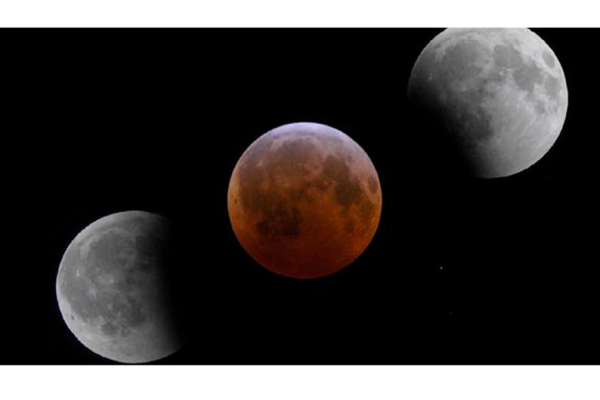 How to watch the Easter weekend Blood Moon
How to watch the Easter weekend Blood MoonApril 4 will bring the shortest lunar eclipse since 1529, and we won't see another one until 2155.
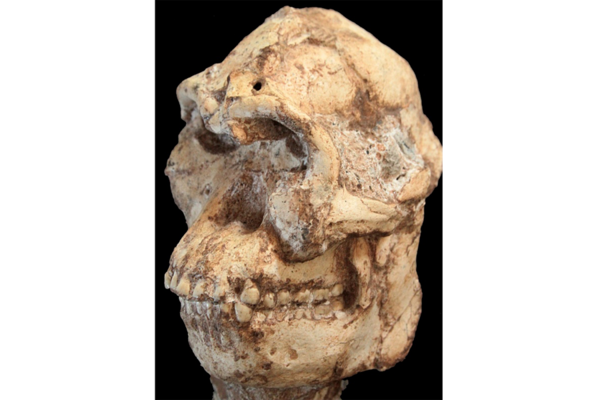 Early human relative Little Foot may have co-existed with Lucy, say scientists
Early human relative Little Foot may have co-existed with Lucy, say scientistsLittle Foot, a mysterious ancient human relative, lived some 3.7 million years ago, roughly the same time as Australopithecus afarensis.
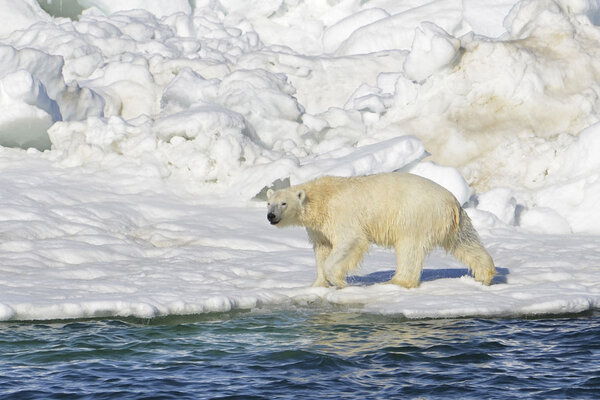 Displaced polar bears will struggle for food, scientists say
Displaced polar bears will struggle for food, scientists sayForced onto solid ground by melting ice, polar bears are beginning to ditch seal meat for berries and bird eggs. But researchers fear this new diet is unsustainable.
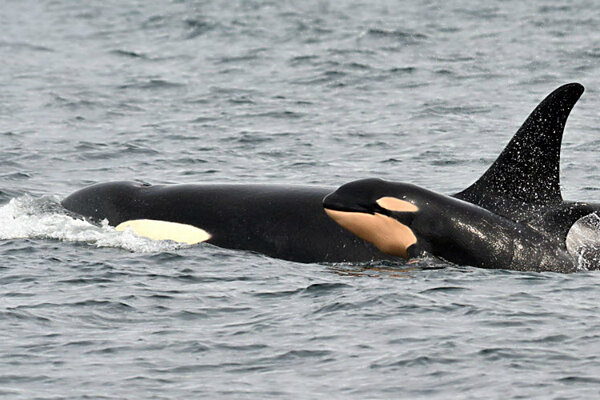 Are orcas making a comeback in the Pacific Northwest?
Are orcas making a comeback in the Pacific Northwest?A new baby orca has been spotted off the coast of British Columbia. Are we witnessing an orca baby boom?
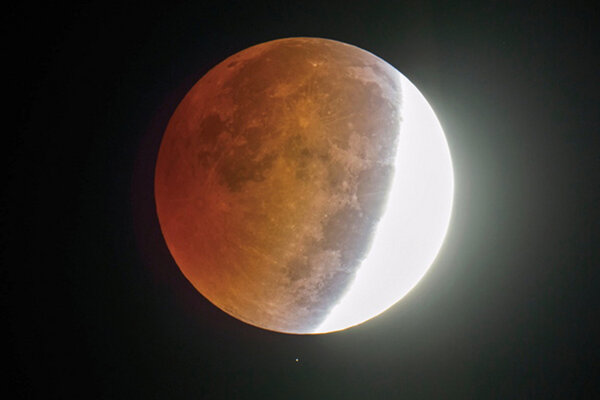 Saturday to bring brief 'blood moon'
Saturday to bring brief 'blood moon'Skywatchers will have a small window to view Saturday's short lunar eclipse, which will give the moon a crimson tint .
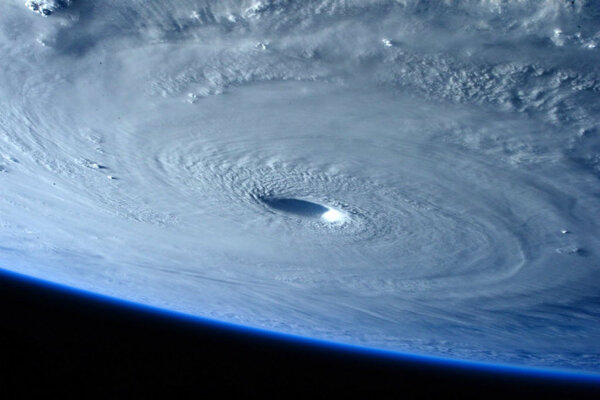 Extraordinary photos of mega Typhoon Maysak
Extraordinary photos of mega Typhoon MaysakFrom aboard the International Space Station, an astronaut snaps images of the super typhoon as it works its way through the northwest Pacific Ocean, giving viewers a glimpse of the awesome power of nature.
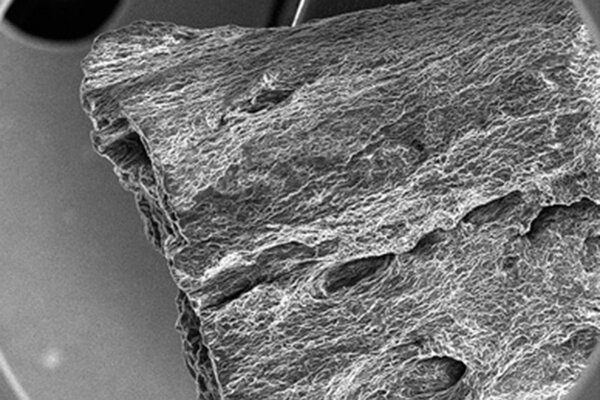 Zombie cyborg wood aids night vision
Zombie cyborg wood aids night visionBy weaving together tobacco and synthetic carbon tubes, researchers have developed an incredibly versatile new nanomaterial.
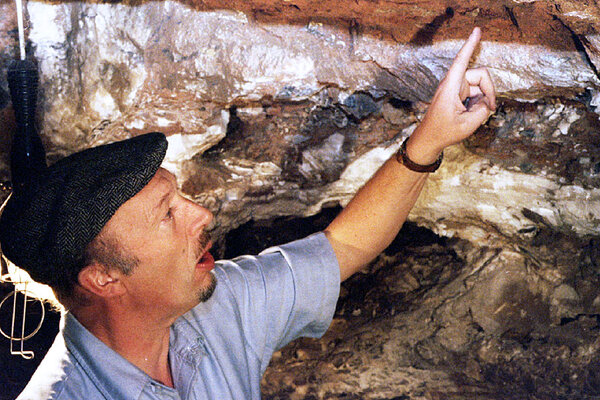 Ancient hominid ‘Little Foot’ gets new birthdate
Ancient hominid ‘Little Foot’ gets new birthdateResearchers have re-dated a controversial – but remarkably complete – hominid skeleton from South Africa’s Sterkfontein caves to find that it lived roughly the same time as the more well known Australopithecus afarensis.
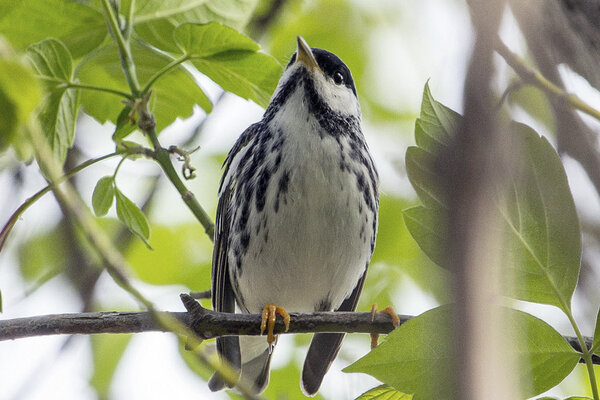 Science NotebookHow a tiny songbird can fly 1,700 miles over open ocean
Science NotebookHow a tiny songbird can fly 1,700 miles over open oceanFor the first time, researchers fit blackpoll warblers with geolocators to follow the birds' ambitious migration.
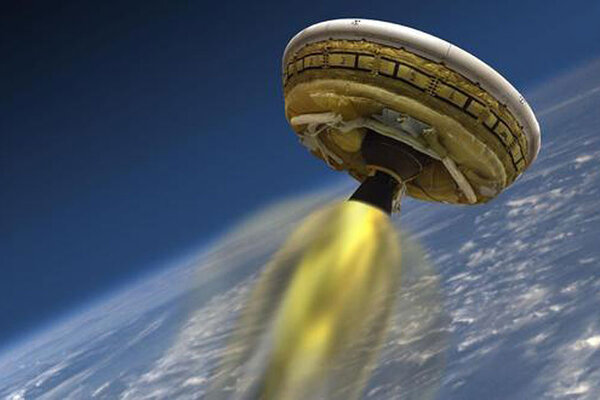 NASA wants you to check out its flying saucer
NASA wants you to check out its flying saucerThe US space agency is inviting the public to view a test of its Low Density Supersonic Decelerator, designed to land heavy payloads on Mars
 Oceans could take thousands of years to recover from climate change, study says
Oceans could take thousands of years to recover from climate change, study saysDecades of climate change have taken a toll on ocean ecosystems – and it could take millennia for them to bounce back, according to new research.
- Kickstarter for Mars? What if NASA cuts Mars rover funding?
The Mars Rover Opportunity and the Lunar Reconnaissance Orbiter are once again in danger of being eliminated from the budget. Are they valuable enough to find funding elsewhere?
 Why this next lunar eclipse will be different
Why this next lunar eclipse will be differentThe total lunar eclipse set to take place on April 4 is not only part of a lunar tetrad, it will also be the shortest of the century.
 NASA's Opportunity rover endures another bout of amnesia
NASA's Opportunity rover endures another bout of amnesiaNASA's Opportunity rover, which has been traversing the surface of Mars for more than a decade, suffered its latest memory glitch last week.
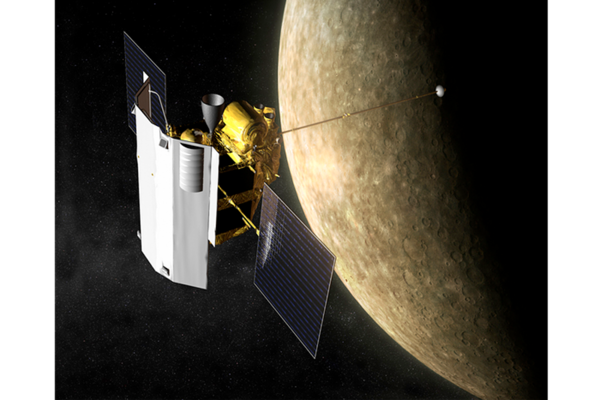 How much longer can NASA's Mercury probe survive?
How much longer can NASA's Mercury probe survive?With a series of orbital maneuvers, the mission of NASA's Messenger Mercury probe could be extended up to a month before the spacecraft runs out of fuel and crashes into the planet.
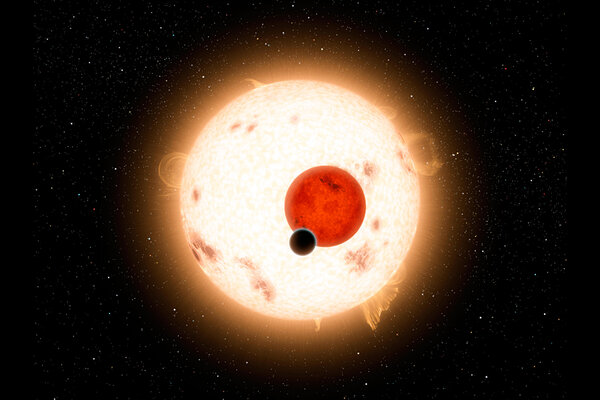 Why Luke Skywalker's binary sunset may be real after all
Why Luke Skywalker's binary sunset may be real after allResearchers have found Jupiter-scale gas giants orbiting binary stars and estimate that Earth-like planets orbiting binary stars could be as numerous as rocky planets orbiting single-star systems.
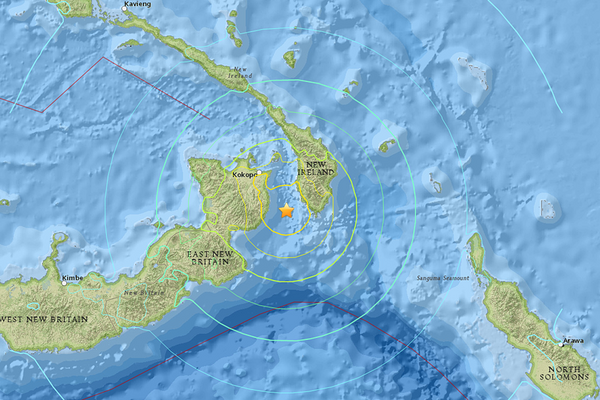 Papua New Guinea earthquake causes 1-inch tsunami. No injuries reported.
Papua New Guinea earthquake causes 1-inch tsunami. No injuries reported.A 7.7 magnitude earthquake generated a less-than-pint-sized tsunami in Papua New Guinea, causing no injuries or damage.
 Pandas are actually pretty gregarious, study finds
Pandas are actually pretty gregarious, study findsPreviously thought to be solitary animals, giant pandas actually spend a decent amount of time together, according to a new study from Michigan State University.






















